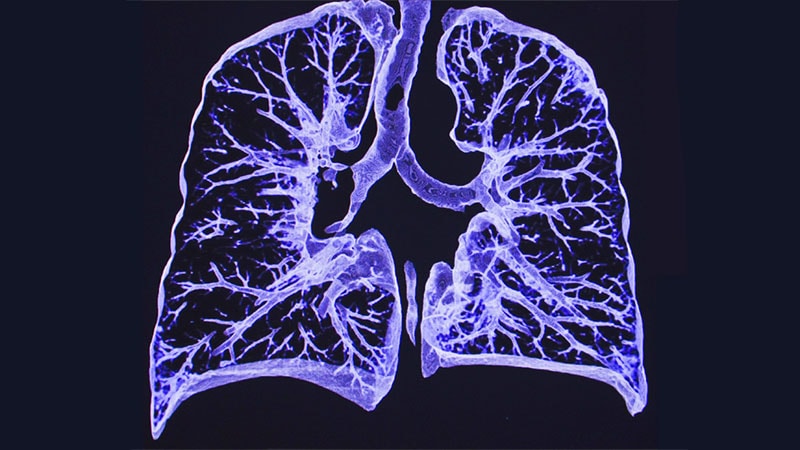CT Imaging Enhances COPD Progression Prediction
Core Concepts
Combining CT imaging with demographic factors improves COPD progression prediction.
Abstract
In a study, CT imaging combined with demographic factors enhanced the prediction of chronic obstructive pulmonary disease (COPD) progression. The research focused on identifying at-risk individuals for COPD progression and lung function decline, emphasizing the potential benefits for lung cancer screening trials and early disease management.
Key Highlights:
CT imaging combined with demographics improved COPD progression prediction.
Machine learning models were used to analyze data from 294 individuals.
Adding CT features to demographic data enhanced predictive performance.
The study population consisted of mainly former smokers with mild COPD.
Results showed the ability to predict rapid lung function decline using CT imaging.
CT Imaging May Help Predict COPD Progression
Stats
"Most (83%) were former smokers with a mean of 17.9 pack-years' smoking history."
"Over an average follow-up of 2.45 years, 23% of patients experienced disease progression to COPD."
"Adding CT features to demographic data significantly improved the performance of the machine learning model for predicting progression to COPD compared to models that used demographics alone (AUC, 0.730 vs 0.649; P < .05)."
Quotes
"The ability to identify individuals that smoke who are at-risk of progression to COPD and accelerated lung function decline could enable development of prediction models for risk estimates in lung cancer screening trials, enable early initiation of treatment to potentially slow the progression of the disease, or selection of subgroups for discovery of novel interventions."
"Our results also showed that we were able to predict rapid FEV 1 decline using CT imaging features, with or without demographics and spirometry measurements."
Key Insights Distilled From
by Heidi Splete at www.medscape.com 06-27-2023
https://www.medscape.com/viewarticle/993765
Deeper Inquiries
How can the findings of this study impact the development of personalized treatment plans for COPD patients?
The findings of this study can significantly impact the development of personalized treatment plans for COPD patients by providing a more accurate and early prediction of disease progression. By incorporating CT imaging features along with demographic factors into machine learning models, healthcare providers can better identify individuals at risk of COPD progression. This early identification can enable the initiation of treatment at an earlier stage, potentially slowing down the progression of the disease. Additionally, the ability to predict rapid FEV1 decline using CT imaging features can help tailor treatment plans to individual patients, leading to more personalized and effective interventions.
What potential challenges or biases could arise from using CT imaging as a predictive tool for COPD progression?
Using CT imaging as a predictive tool for COPD progression may present several challenges and biases. One potential challenge is the variability in CT images obtained from different types of scanners, which can affect the consistency and accuracy of the predictive models. Additionally, biases may arise from factors such as the limited number of follow-up visits, the short follow-up period, and the lack of an external dataset to evaluate the generalizability of the machine learning model. These limitations could impact the reliability and applicability of the predictive tool, potentially leading to inaccurate predictions and suboptimal treatment decisions.
How might advancements in machine learning and imaging technology further enhance the accuracy of predicting COPD progression?
Advancements in machine learning and imaging technology have the potential to further enhance the accuracy of predicting COPD progression by improving the sophistication and efficiency of predictive models. Machine learning algorithms can be optimized to analyze complex patterns in CT imaging features and demographic data, leading to more precise predictions of disease progression. Additionally, advancements in imaging technology, such as the development of high-resolution CT scanners and advanced radiomics techniques, can provide more detailed and comprehensive information about lung changes associated with COPD. By leveraging these technological advancements, healthcare providers can enhance the accuracy of predicting COPD progression, ultimately leading to better patient outcomes and more targeted treatment strategies.
0
